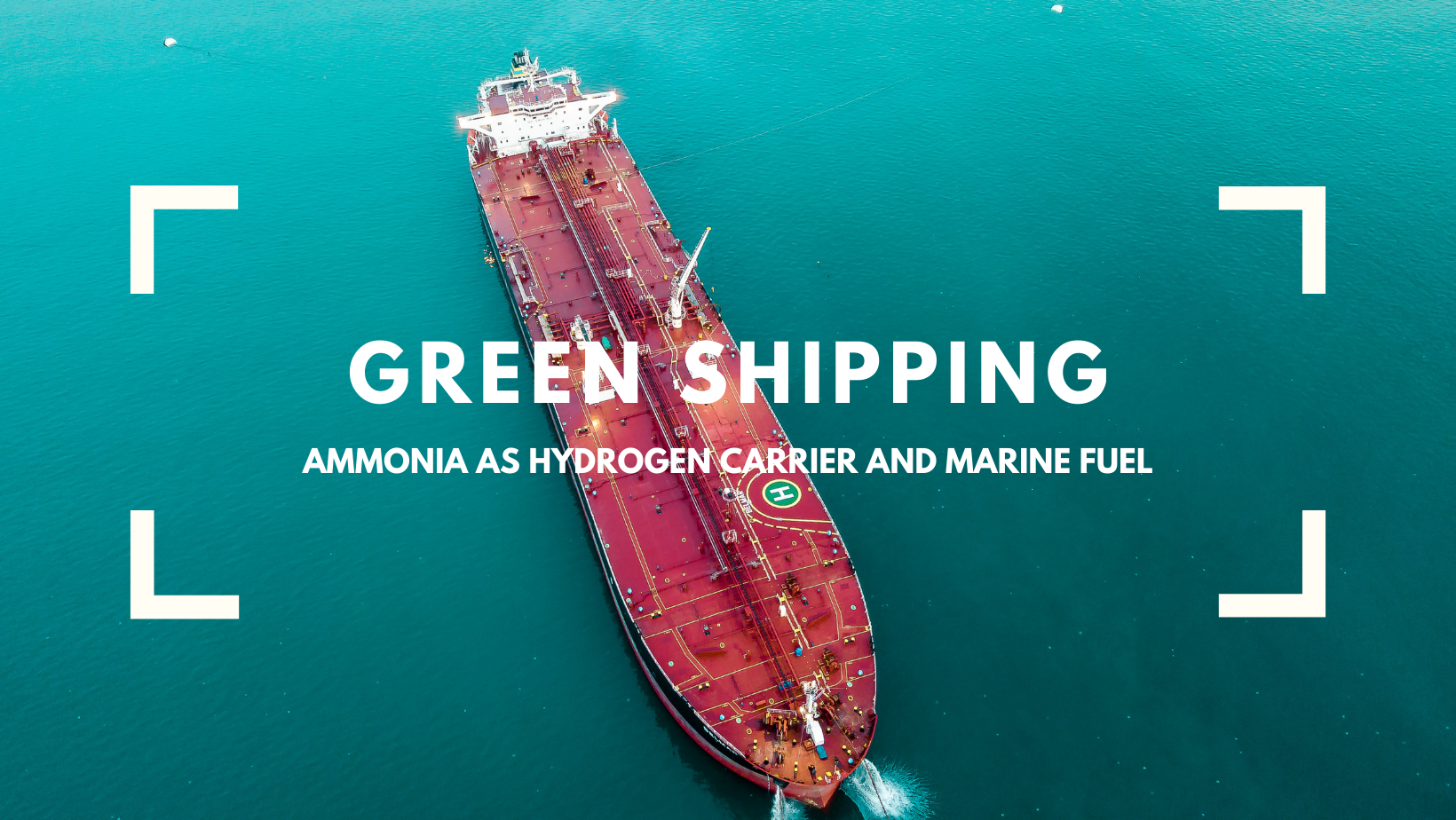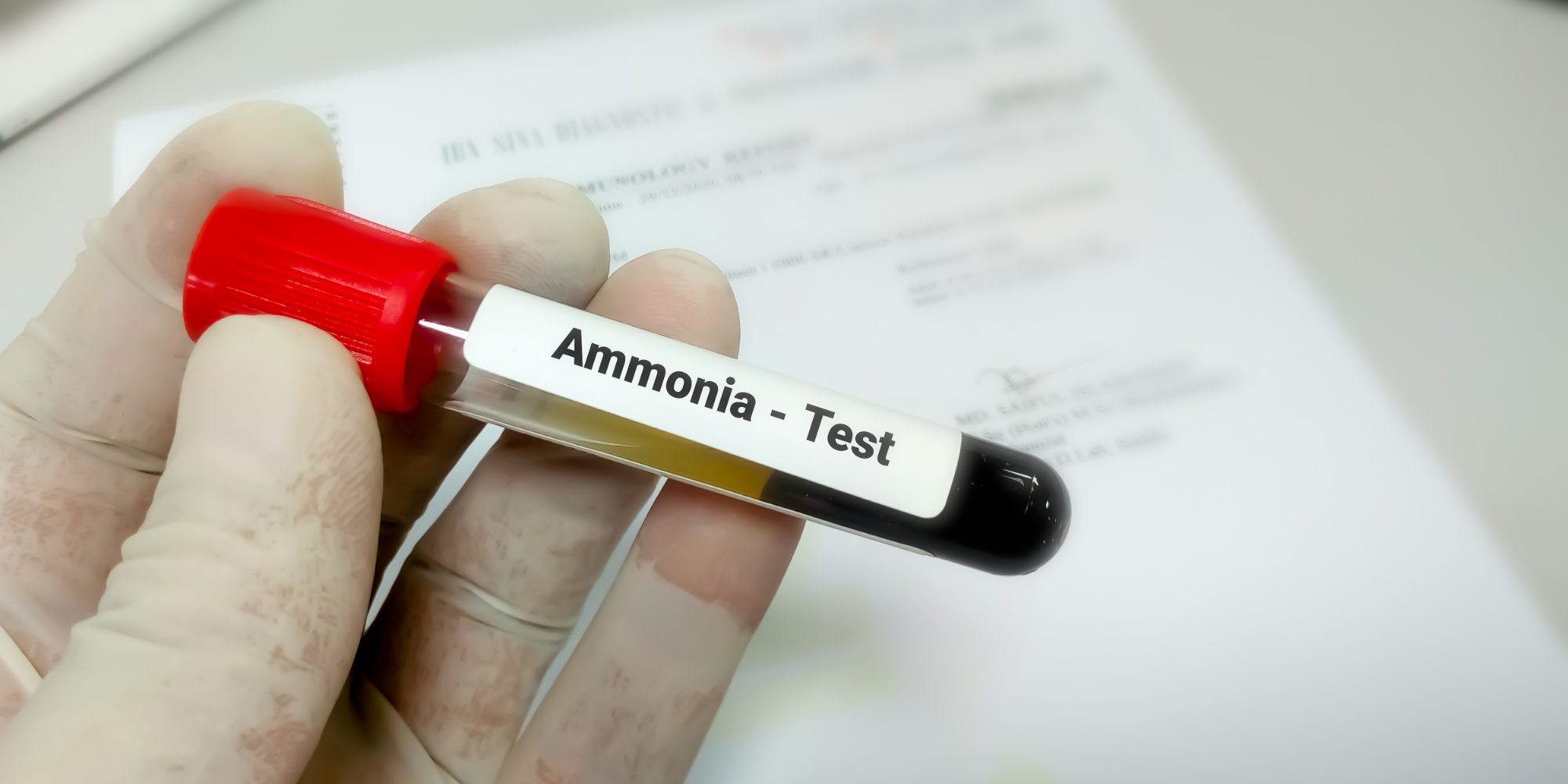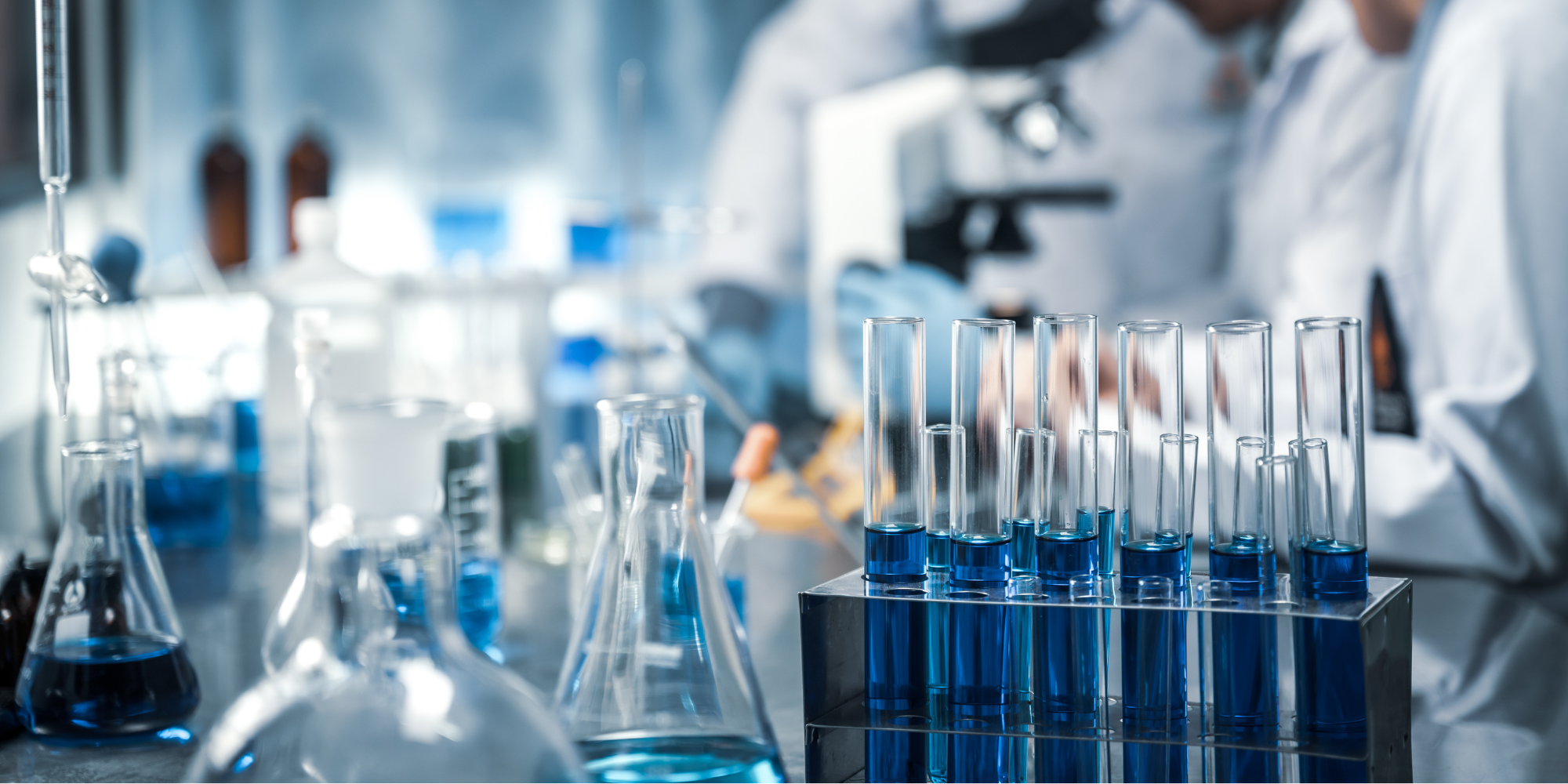
In the realm of sustainable transportation, a revolutionary contender is emerging: ammonia. Often recognized for its role in agriculture, ammonia is now making waves as a potential green fuel for ships and planes. Derived from a combination of nitrogen extracted from the air and hydrogen produced through renewable energy sources like wind or solar power, ammonia presents itself as a promising solution to curb emissions in maritime transportation. As the world grapples with the urgent need to reduce greenhouse gas emissions, the prospect of leveraging ammonia as a marine fuel offers a beacon of hope. Join us as we delve into the intricacies of this burgeoning field, exploring the production, advantages, challenges, and groundbreaking initiatives driving the adoption of ammonia as a sustainable marine fuel.
What is Ammonia
Ammonia is generated by combining nitrogen extracted from the air with hydrogen produced by water electrolysis powered by wind or solar energy. It may be a green fertilizer or, according to supporters, a clean, low-emission fuel for ships and planes.
As this colorless fuel is burnt, it produces no carbon dioxide. It’s plentiful and common, and it’s made with green energy, water, and air. It can be used in both fuel cells and internal combustion engines. It does not require the use of high-pressure tanks or cryogenic dewars, unlike hydrogen. It also has a 10x higher energy efficiency than a lithium-ion battery.
Ammonia as Fuel in Maritime Transportation
Maritime transportation contributes significantly to greenhouse gas emissions. Maritime Shipping on the world’s oceans is reportedly responsible for about 2.6 percent of global CO₂ emissions, according to data given by the German Environment Agency (UBA). In 2015, about 932 million tons of CO₂ were released, and this number continues to rise year after year. Countermeasures are needed.
The use of green ammonia instead of traditional fuel oil may be a cost-effective way to reduce greenhouse gas pollution from ships. The energy density of liquid ammonia is around 18.6 MJ/kg, which is one of its properties. It is far less expensive than today’s marine oils, natural gas, and LPG. As a result, ammonia has a reduced energy density. Ammonia has the benefit of being able to be contained in a liquid state at higher temperatures and under air pressure.
Ammonia can be produced using renewable energy sources, and since it produces no biomass, it does not emit carbon dioxide when burned. It can be generated and used without emitting any carbon dioxide, which is a big plus in our search for a healthier, more prosperous planet.
Production Process of Ammonia
Ammonia is produced at a cost of around $55 billion (£42 billion) per year, primarily for fertilizer. However, the sector has a significant environmental impact, contributing 1.8 percent of global CO2 emissions. Fertilizers may also harm water and air quality. Nitrogen and hydrogen gases are needed for the production of ammonia. Hydrogen is often derived from natural gas (methane). The method emits carbon which necessitates a large amount of power.
Ammonia is being produced in new, more environmentally friendly forms. Blue ammonia is one process that involves trapping and preserving carbon. Green ammonia, which is more promising, completely replaces the use of fossil fuels.
A brand-new pilot plant in Foulum, in the heart of rural Jutland, western Denmark, is conducting research. Haldor Topsoe, a company that manufactures ammonia catalysts, is working with scientists from Aarhus University to create ammonia from water, air, and renewable energy. Instead of using fossil fuels, wind and solar energy are used, and within minutes, liquid fuel is available on the other end.

Challenges using Ammonia
The concept of using ammonia as a fuel is not uncommon, but it has only been used in a few instances due to significant challenges. It doesn’t combust very well and burns slowly and to bring things to work, you have to be cautious about the temperatures and pressures. Ammonia as a marine fuel presents major, but not insurmountable, technological and safety problems. The origins of ammonia and the potential expense of green ammonia are also obstacles to acceptance. Almost all ammonia in use today is made from hydrocarbons, which has little benefit in terms of carbon abatement while increasing prices.
Green ammonia, on the other hand, created by electrolysis using renewable or nuclear energy, is a great source of zero-emission fuel if NOx (nitrogen oxides) emissions are properly handled. Green ammonia is currently manufactured in marginal quantities, and a major investment campaign will be needed not only to generate a meaningful supply of green ammonia but also to bring down the costs of doing so, making the fuel commercially feasible for the shipping industry.
Research and Development in Ammonia Fuel Technologies
As the maritime industry navigates towards a more sustainable future, cutting-edge research and development initiatives are underway to revolutionize marine propulsion. Key players across technical universities, renowned research institutes, and industry giants are spearheading efforts to harness ammonia—a promising alternative fuel—as the cornerstone of eco-friendly shipping solutions. This collaborative innovation journey involves rigorous experimentation, advanced engineering, and the pursuit of scalable, emission-free technology that can transform seafaring into a greener practice. The following sections delve into the groundbreaking work being conducted by Technical University Munich, the Fraunhofer Institute, and MAN Energy Solutions, as they pioneer advancements in ammonia-based propulsion systems that aim to redefine maritime travel for the betterment of our environment.
Technical University Munich (TUM)
The ‘AmmoniaMot’ (Ammonia Engine in German) project has started at MAN Energy Solutions. It was started by MAN in collaboration with industry and research institutes to identify the steps required to develop a dual-fuel, medium-speed engine that can run on both diesel and ammonia. The University of Munich, Neptun Ship Design, WTZ, and Woodward L’Orange are among the project participants, which will run for three years starting in December 2020, with funding from the German Federal Ministry of Economics and Technology (BMWi).
Another project has also been started in the Thermodynamics institute of TUM. Within the project’s framework, experimental investigations will be conducted on the Institute’s broad Rapid Compression Machine, and a numerical system suitable for use in the industrial production phase will be developed.
Fraunhofer Institute
Fraunhofer researchers are focused on developing ammonia-based fuel cells as part of an international collaboration. An interesting prospect is being investigated by the Fraunhofer Institute for Microengineering and Microsystems IMM in Mainz. The Fraunhofer Institute is working with 13 European consortium members on the ShipFC project to build the world’s first ammonia-based fuel cell for ships. The SFC project aims to demonstrate that the latest emission-free propulsion system can be used efficiently, effectively, and seamlessly in large ships over long distances.
MAN Energy Solutions
As part of the maritime energy transformation, MAN Energy Solutions is building a fuel-flexible, two-stroke ammonia turbine. Green ammonia is one of the synthetic fuels that will be crucial in developing a more environmentally friendly shipping industry in the immediate future. By 2024, MAN Energy Solutions hopes to provide a commercially viable two-stroke ammonia turbine.

Conclusion
In conclusion, the adoption of ammonia as a fuel within the maritime and shipping industry stands as a promising solution with manifold benefits for all involved parties. Urgent action is required to transition away from conventional fuel sources towards the utilization of green ammonia, thereby safeguarding the environment and paving the way for a sustainable future.
With its potential to significantly reduce greenhouse gas emissions and its compatibility with renewable energy sources, green ammonia emerges as a compelling alternative for powering ships and vessels. Although challenges such as combustion efficiency and cost remain, ongoing research initiatives and collaborative projects are actively addressing these issues. By embracing this innovative fuel, we can not only mitigate the environmental impact of maritime transportation but also usher in an era of cleaner, more responsible shipping practices. It's time to propel our industry towards a greener horizon, where ammonia fuels our vessels and preserves our planet for generations to come.
